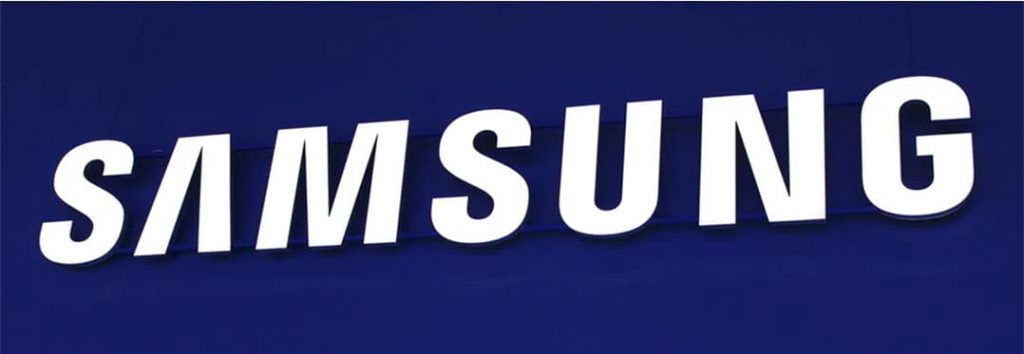The way we conduct our lives has changed drastically due to the pandemic, including how people shop. Brands and retailers alike have done their best to adapt to a surge in online shopping. But after more than two years, with signs of gradual improvement, the global supply chain remains in disarray and inventory is low across the board. While your brand’s distribution strategy has likely been revised, the path for your marketing efforts may not be as clear.
Let’s identify how your brand’s existing social media can be leveraged to navigate the new environment:
The Situation
Whether it be port congestion or manufacturing delays due to COVID-19, getting inventory onto the shelves remains a challenge. Your most popular products’ high demand hasn’t dropped, so backorders are more common than ever. When you do manage to get inventory to retailers it sells out quickly.
Varying predictions aside, the global inventory shortage is likely here to stay for the immediate future. Your brand is facing the same obstacles as other businesses during the pandemic. Because of this, customers have come to expect longer shipping times and to wait on the return of out-of-stock items.
These challenges are not unique but your solutions can be. Maintaining visibility on social media is key to keeping brand awareness high. It also provides a platform for more personal customer interactions. While they wait for their favorite product to come back in stock, you can foster trust in your audience through your brand’s social presence.
Meanwhile, frustrated retailers are unable to keep their shelves stocked due to forces outside of their control. Taking backorders is necessary, but of course not preferred by most retailers. They’ve already had to adapt to measures that improve customer service while maintaining a safe distance, such as curbside pickup. The increase in online shopping has affected them as well. These adjustments have been necessary or a natural result of circumstances as customers look for safe and convenient shopping experiences.
Something that hasn’t changed is that the brands they sell are advertising specific products and where customers can find them. Stores might not even have these products in stock. But brand advertising still drives attention to these retailers. While continued advertising may seem counterintuitive, the brand’s efforts are actually benefiting retailers.
Why Social Media Is More Relevant Than Ever
The supply chain is hurting everyone but the good news is that:

- In notable industries, demand and consumer interest are continuing to rise as availability fluctuates.
- Consumer engagement on social media is higher than ever, with the global social media population expected to reach 4.89 billion in 2023.
- Backorders are becoming the new normal: with consumers adapting to a free market where they pay upcharges in the used market or wait in line to buy from official destinations at MSRP.
Despite barriers to actually getting their hands on your best-selling products, customers should still be aware of where they can purchase the products they’re looking for. Regardless of whether they can purchase them now, or at some point in the future, the wants/needs of consumers do not change.
So, if awareness will strengthen brands and retailers throughout supply-chain issues, should brands stop advertising those out-of-stock products for now?
Definitely not.
Your brand needs to adapt with branded content that supports purchasing in the current supply-chain environment.

Brand awareness campaigns don’t prompt people to buy something right now. Instead, they aim to establish familiarity and continued interest in the advertised brand or product. According to Contently, 61% of consumers are more likely to purchase from brands that produce unique social media content. Your content needs to be consistent, with a concise call-to-action for consumers to order from the existing channels.

Samsung, for example, is the second most followed brand on Facebook. They have not stopped posting high-quality content promoting their products throughout the pandemic despite being one of the most hard-hit industries of the supply-chain breakdown. Semiconductors – the components that help make smartphones so smart – have been in short supply for over two years now. With other global factors and continued pandemic restrictions, companies like Samsung can’t realistically expect to get back to business as usual until 2023. Nevertheless, Samsung remains dedicated to cultivating their social media presence to ensure that their new products are top of mind regardless of supply issues. The products they can stock right now are doing well too: their Galaxy S22 Ultra was the best-selling Android phone in April of this year.
Recognizing a brand from repeated exposure won’t create new sales if customers don’t know what they will gain from buying these products. That’s why advertising with a more traditional hard-sell approach still has an important place in the pandemic economy.
Brands and retailers want their customers to be ready to purchase when products do come back in stock. In short, inventory issues aren’t a reason to stop marketing.
Distribute Localized Content
To thoughtfully grow brand social media engagement and help retailers maintain visibility as a local destination to order your products once they come available, brands can gain attention and drive sales by distributing high-quality social media content straight to their retailers’ social feeds.

ThumbStopper exists to do just that: providing brands with tools to distribute consistent branded content to a hyper-local level. Learn more about how ThumbStopper can amplify your brand’s digital thumbprint.




